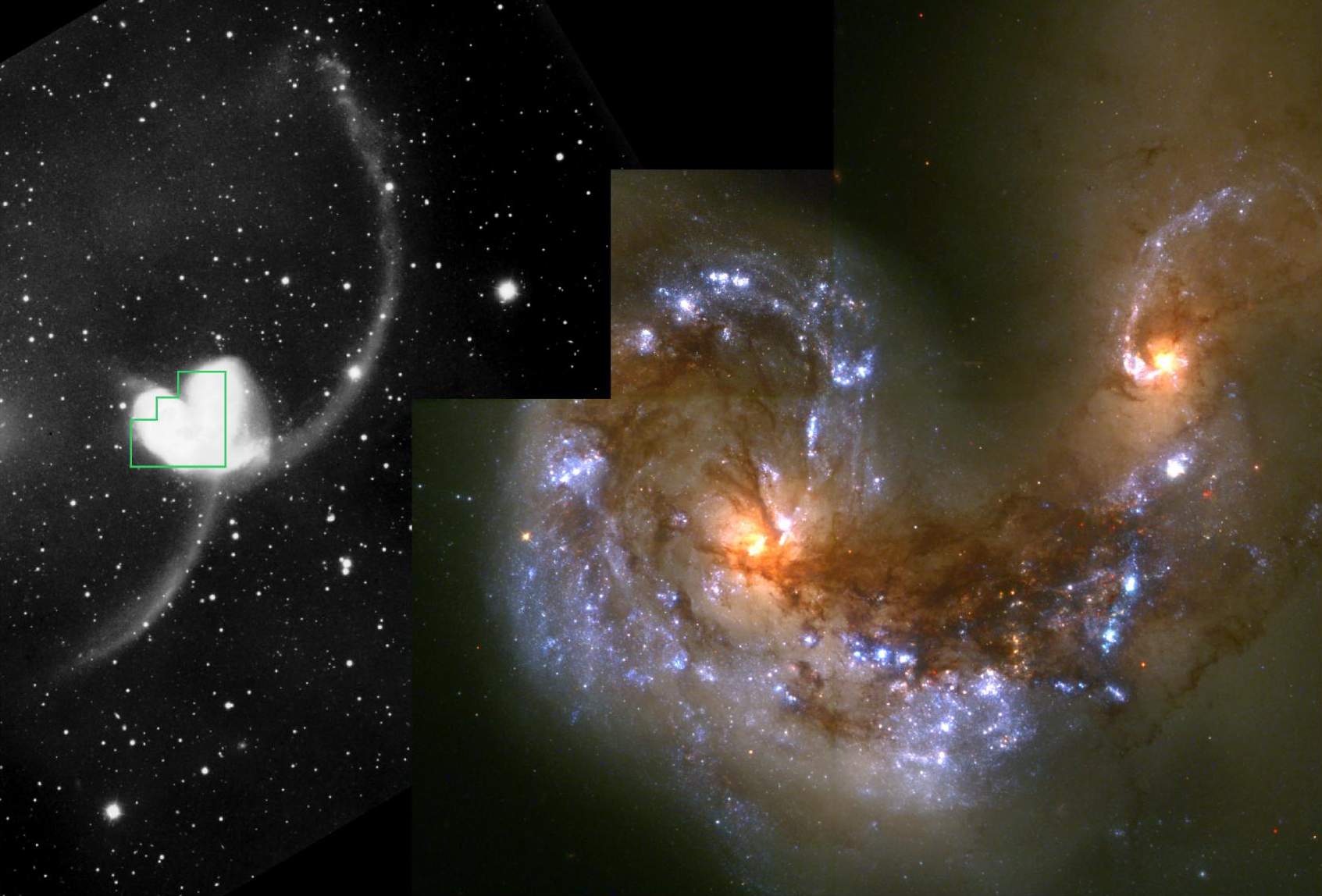James Webb Space Telescope Special Exhibit
The Assembly of Galaxies
Galaxy Evolution tracking animation. This visualization shows galaxies, composed of gas, stars and dark matter, colliding and forming filaments in the large-scale universe providing in a view of the Cosmic Web. (Credit: NASA/Goddard Space Flight Center and the Advanced Visualization Laboratory at the National Center for Supercomputing Applications)
How did the very first galaxies form? How did we end up with the large variety of galaxies we see today? We now know that extremely large black holes live at the centers of most galaxies — what is the nature of the relationship between the black holes and the galaxy that hosts them? These are some of the fundamental questions about galaxies that Webb will tackle.
Computer models that scientists have made to understand galaxy formation indicate that galaxies are created when dark matter merges and clumps together. Dark matter is an invisible form of matter whose total mass in the universe is roughly five times that of "normal" matter (i.e., atoms). It can be thought of as the scaffolding of the universe. The visible matter we see collects inside this scaffolding in the form of stars and galaxies.
The way dark matter "clumps" together is that small objects form first, and are drawn together to form larger ones. This build-up of large systems is accompanied by the formation of luminous stars from gas and dust. As stars evolve, and eventually die, they give way to new generations of stars. Scientists think that the interaction of stars and galaxies with the invisible dark matter produced the present-day galaxies.

The Anntennae Galaxies are so named because a pair of long tails of luminous matter formed by the encounter resembles an insect's antennae. Earlier Hubble pictures show that nearly a third of very distant galaxies, which existed early in the history of the Universe, appear to be interacting galaxies, like the Antennae. (Credit: Brad Whitmore (STScI) and NASA)
This process of galaxy assembly is still occurring today — we see many examples of galaxies colliding and merging to form new galaxies. In our own local neighborhood of space, the Andromeda galaxy is headed toward the Milky Way for a possible future collision (many billions of years from now!).
Scientists today know that galaxies existed about one billion years after the Big Bang. While most of these early galaxies were smaller and more irregular than present-day galaxies, some are very similar to those seen nearby today. Despite all the work done to date, there are still many questions. Scientists need observations to test their computer models of how galaxies form.
Webb will observe galaxies far back in time to answer these questions. It will conduct a very long exposure and wide-field survey to look for the earliest galaxies and study their shapes. By studying some of the earliest galaxies and comparing them to today's galaxies we may be able to understand how galaxies grow and evolve. Webb will also allow scientists to gather data on the types of stars that existed in these very early galaxies. These studies will also reveal details about merging galaxies and shed light on the process of galaxy formation itself.
Published: April 2007
Text Reviewed: September 2018


